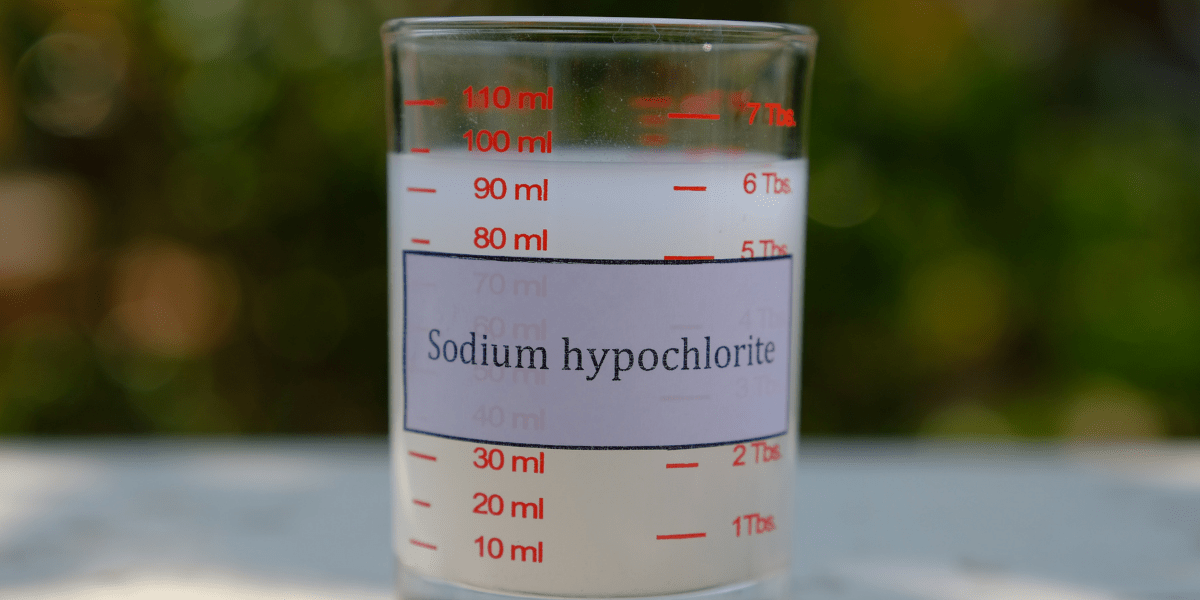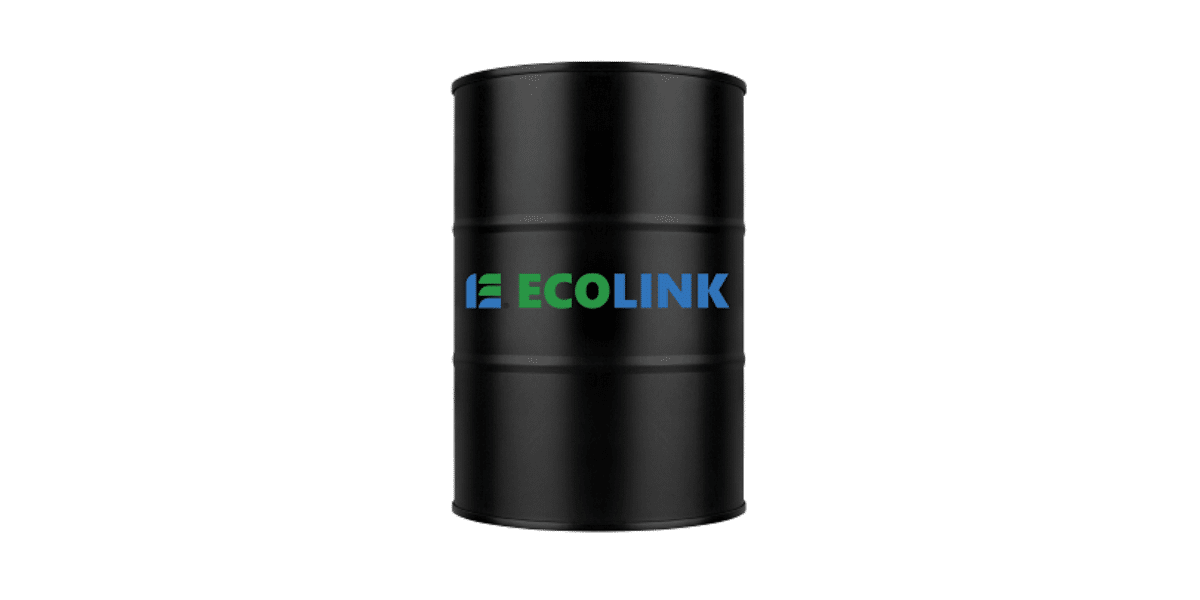Trichloroethylene, commonly referred to as TCE, is a popular halocarbon industrial solvent. The chemical is utilized in a variety of industrial...
Blog


CHEMICAL INDUSTRY NEWS
Chemical Chat – Discover What’s New!
Where Can You Find Bulk Sodium Hypochlorite?
Bulk sodium hypochlorite is typically offered in 55 gallon drums for commercial and industrial use. Sodium hypochlorite is the powder substance that...
What Is The Difference Between Sodium Hypochlorite And Bleach?
The difference between sodium hypochlorite and bleach is in the consistency of the substance. Sodium hypochlorite is a powder that can be mixed with...
Find Bulk Supplies For Chemical Detergent Manufacturers
Chemical detergent manufacturers can greatly benefit from working with reliable, bulk chemical suppliers. Chemical...
Where Can You Find Bulk Sodium Hypochlorite?
Bulk sodium hypochlorite is typically offered in 55 gallon drums for commercial and industrial use. Sodium...
Company News

Managed Services
Discover the Latest in Safe and Sustainable Chemical Solutions
Stay informed with Ecolink’s blog! Subscribe now
Chemical Management Information
Stay updated with us
Sign Up for the Latest Updates
Stay informed about chemical supply chain disruptions and emerging innovations to keep your business at the forefront of efficiency and innovation. Uncover new ways to make your business practices more sustainable by incorporating safer products into your cleaning lineup.


























